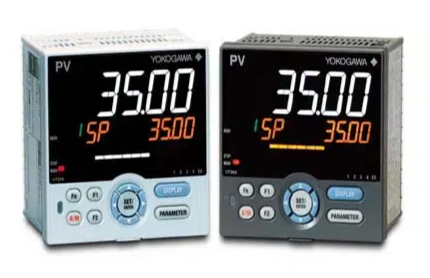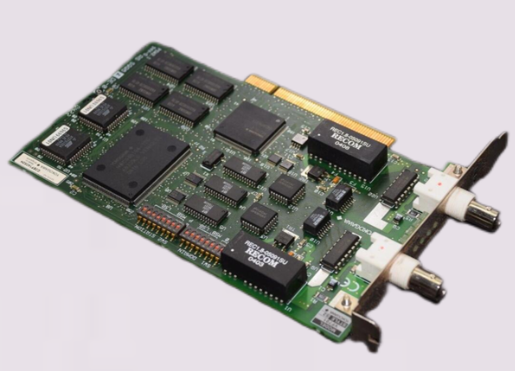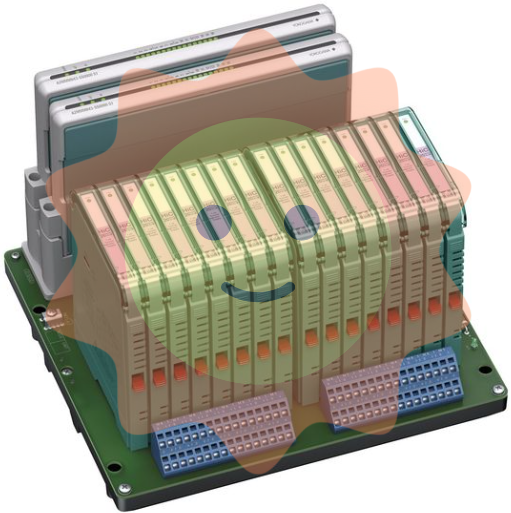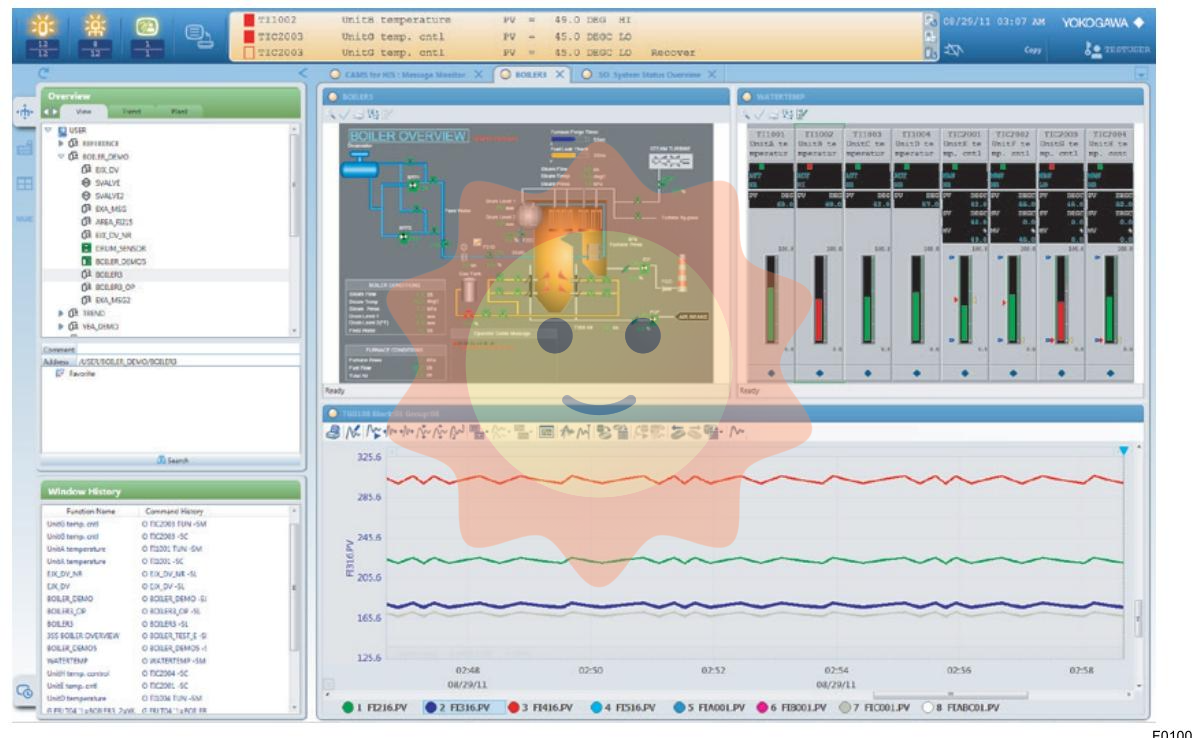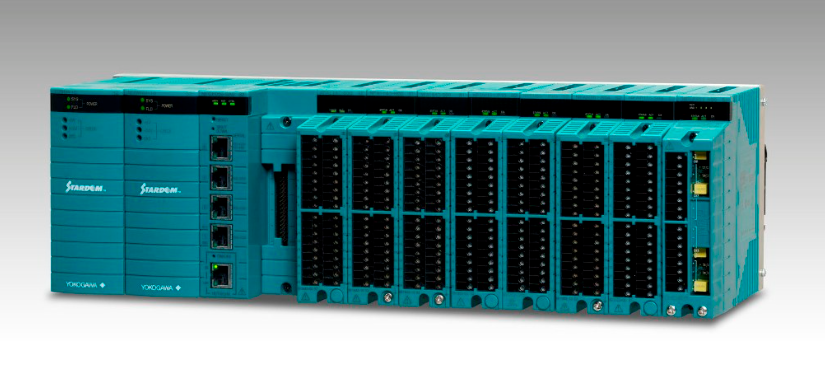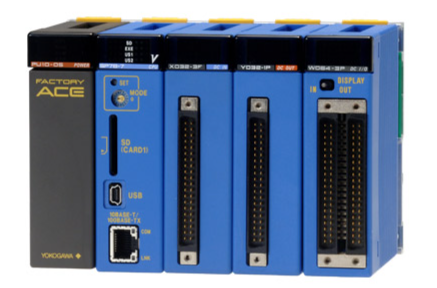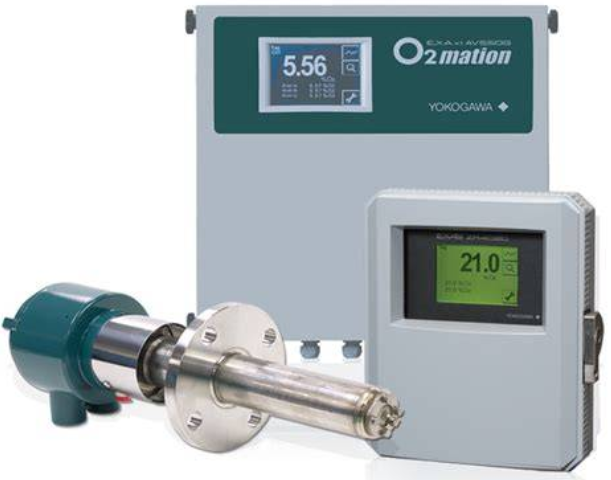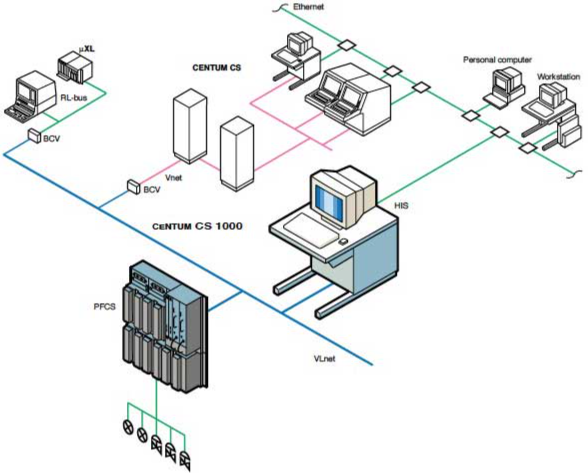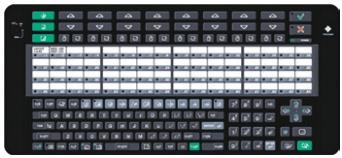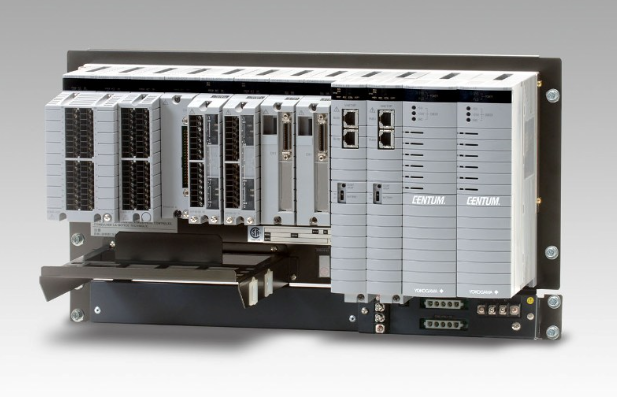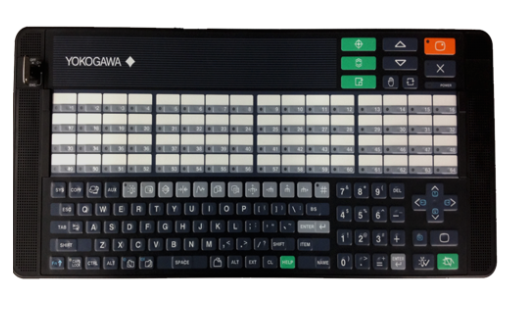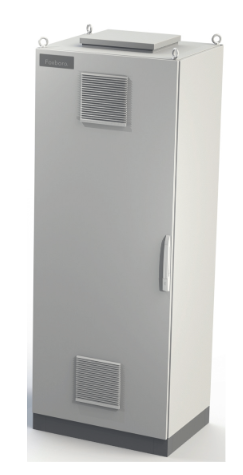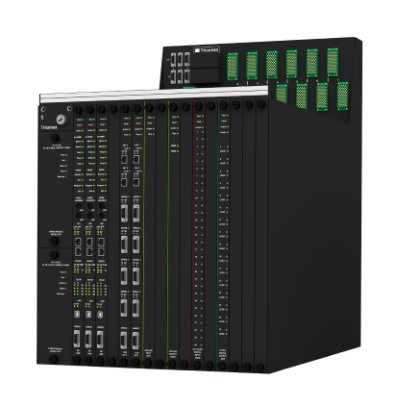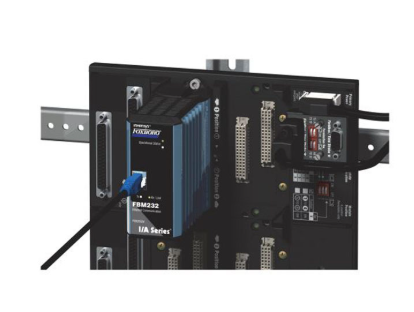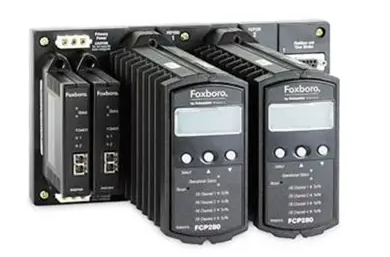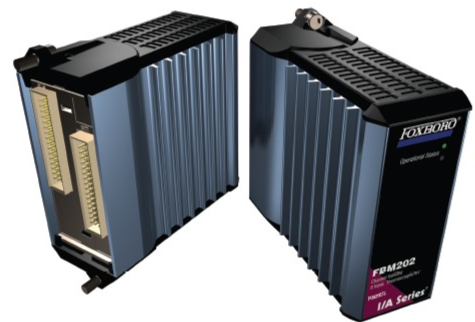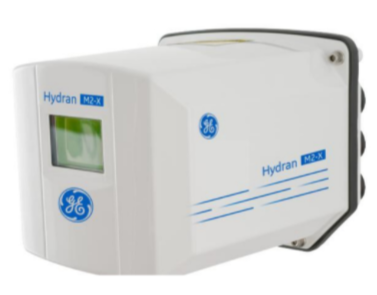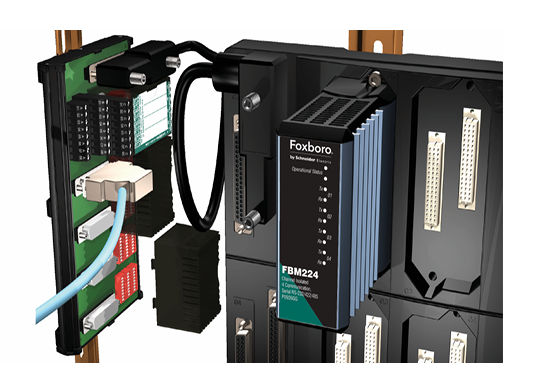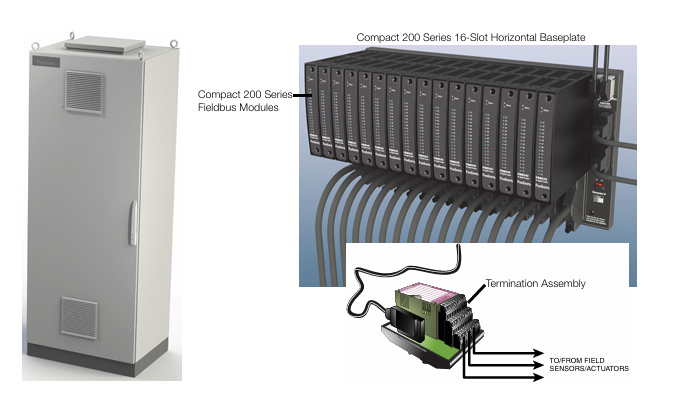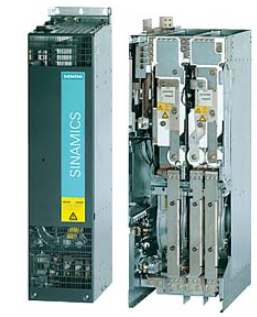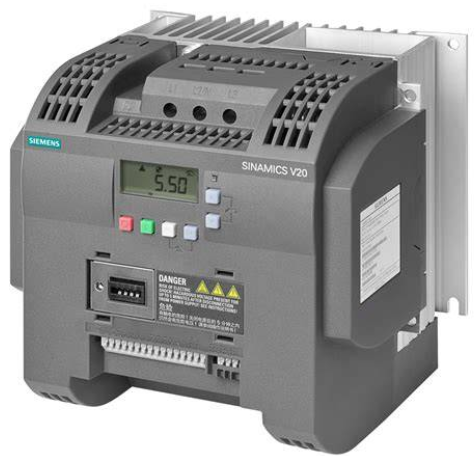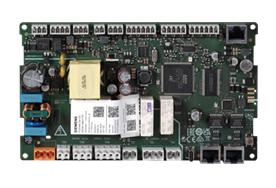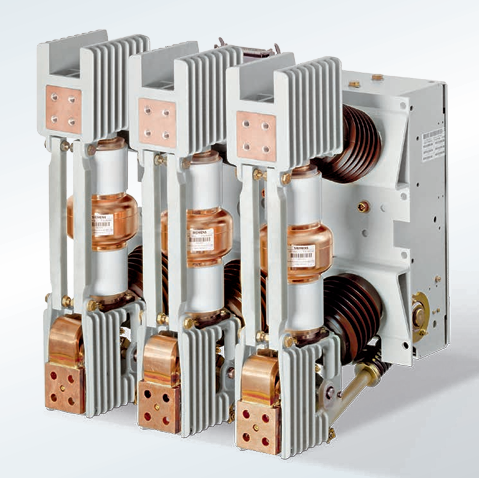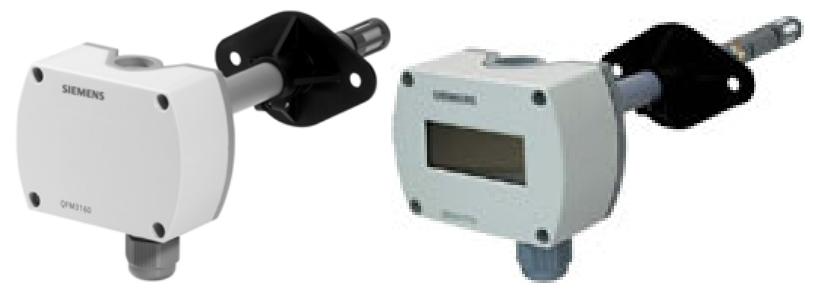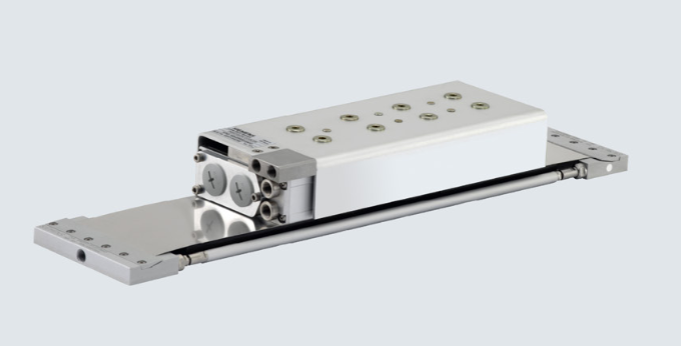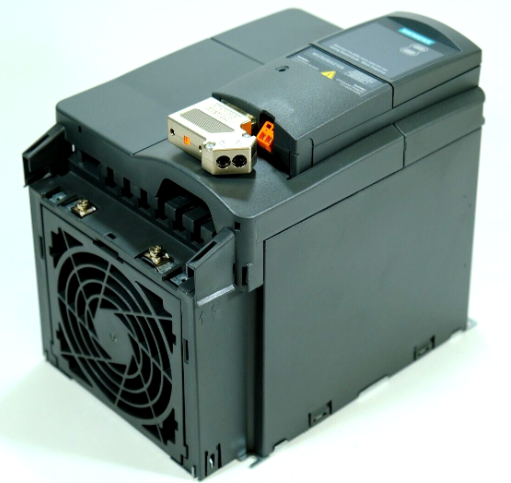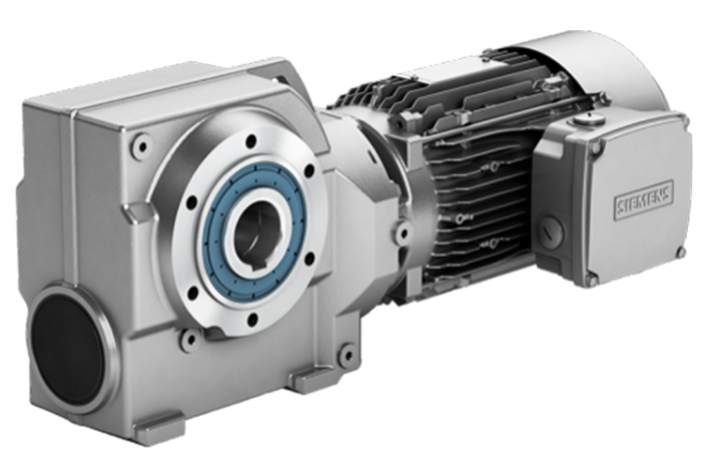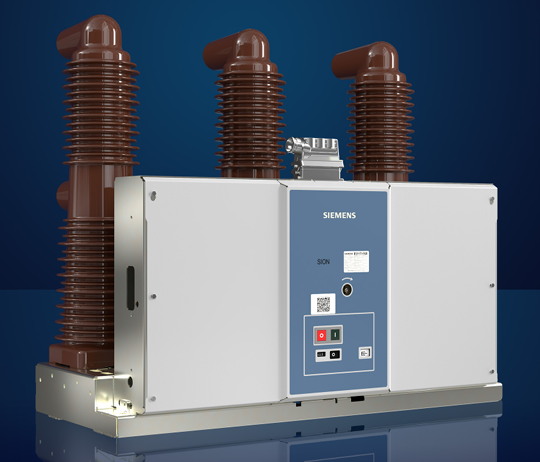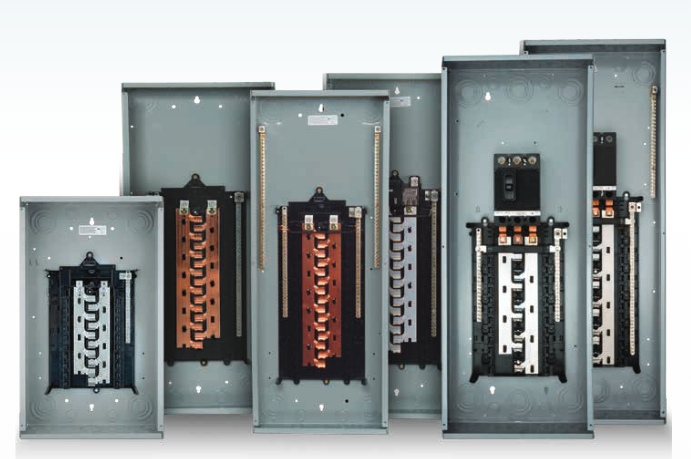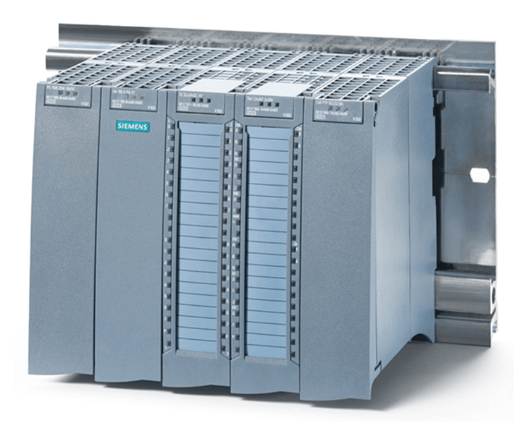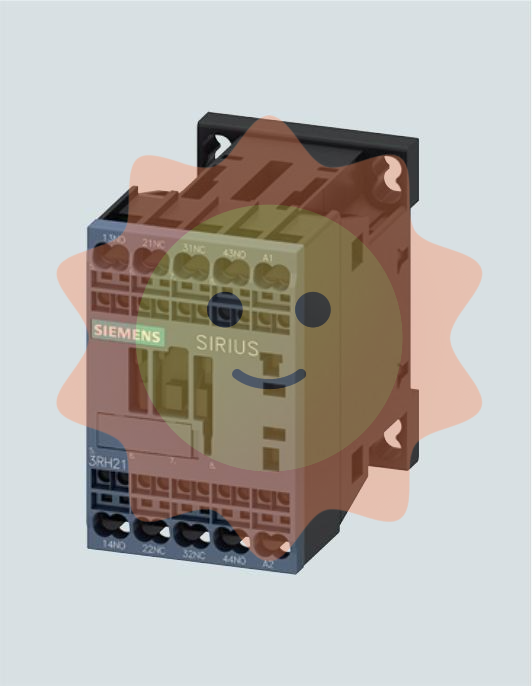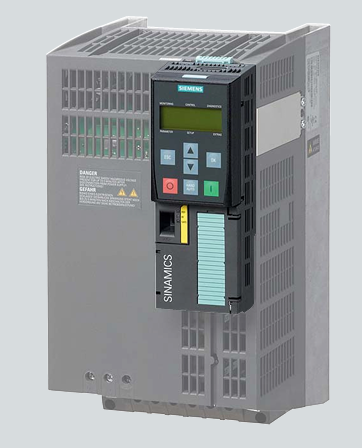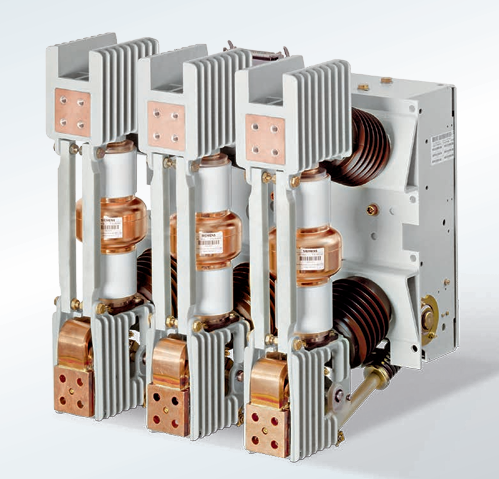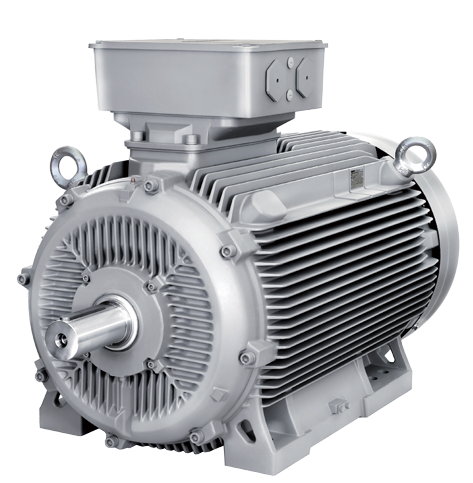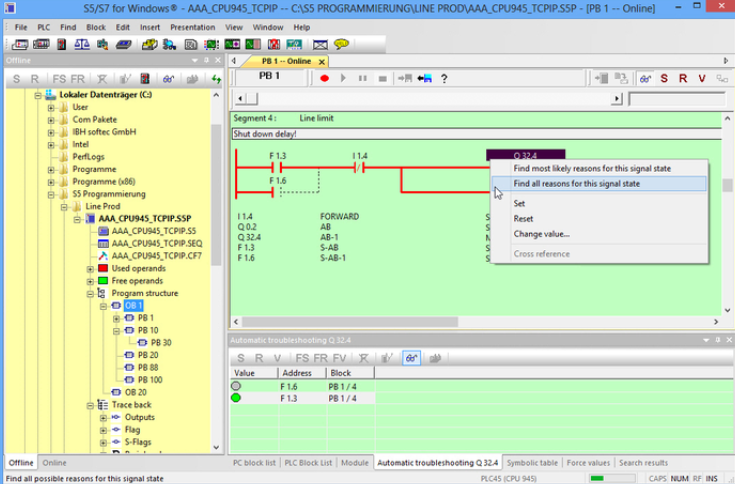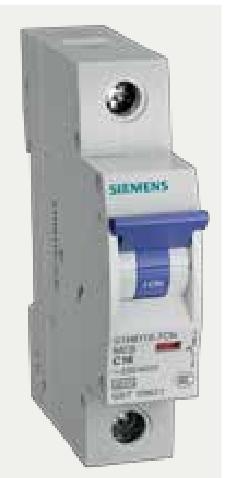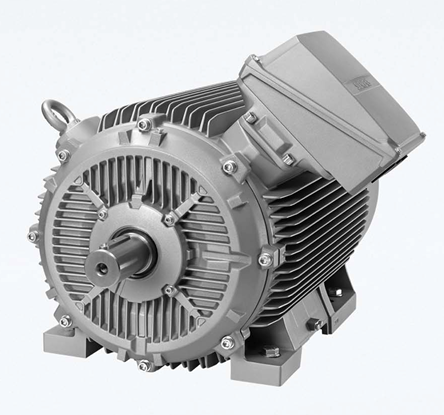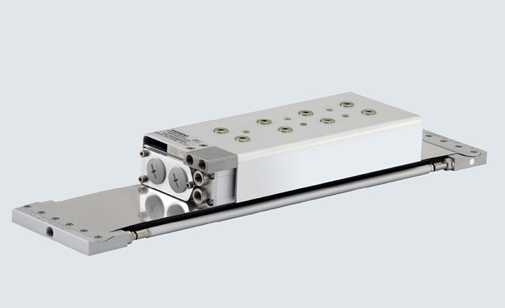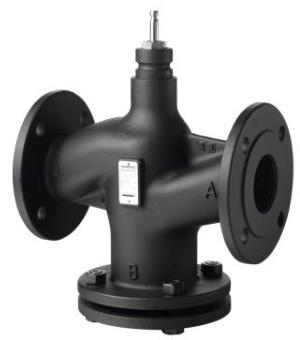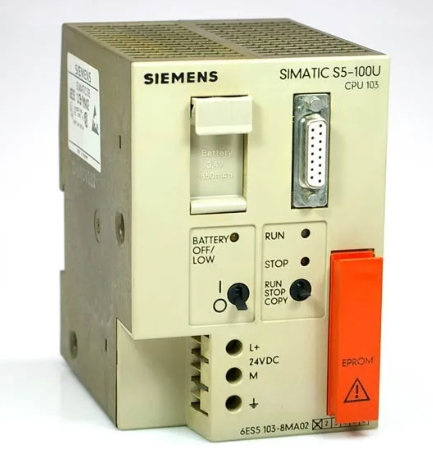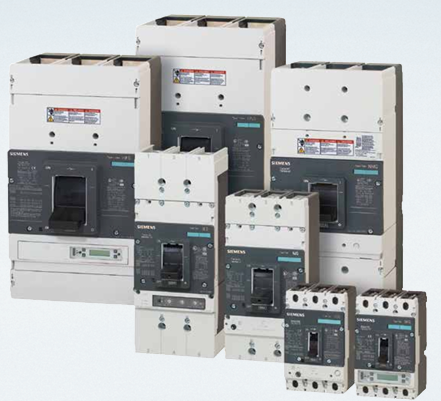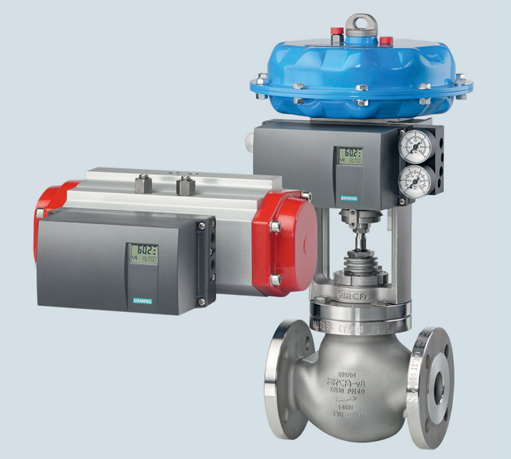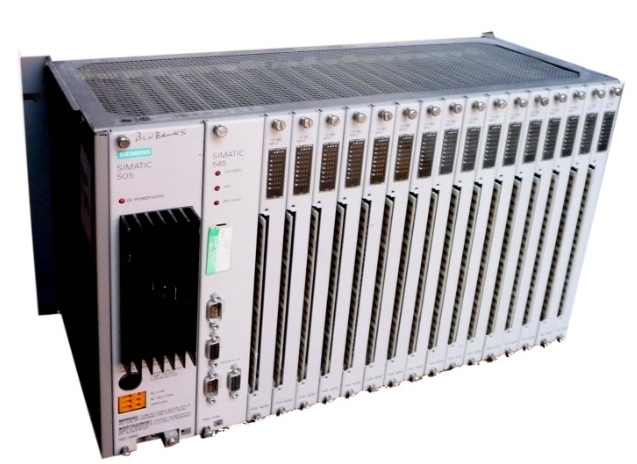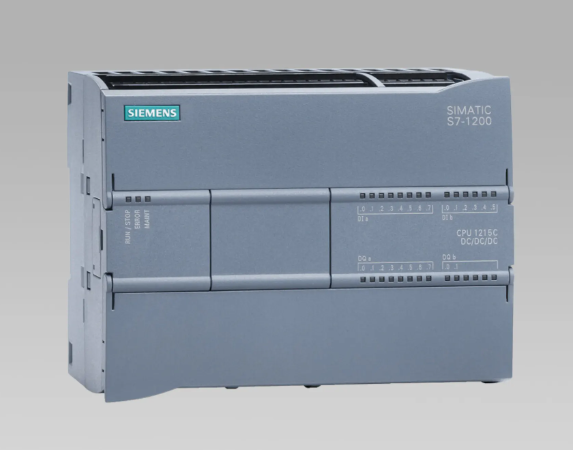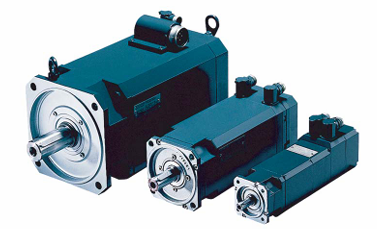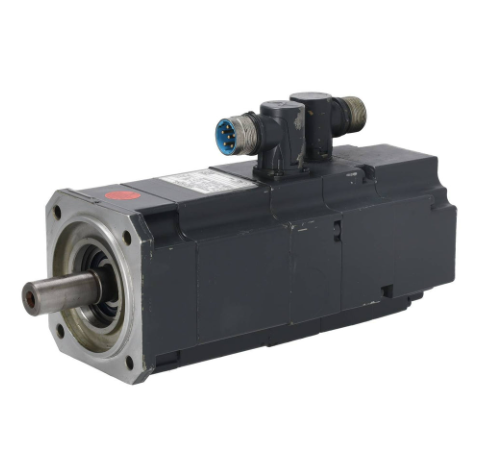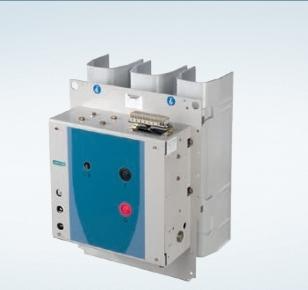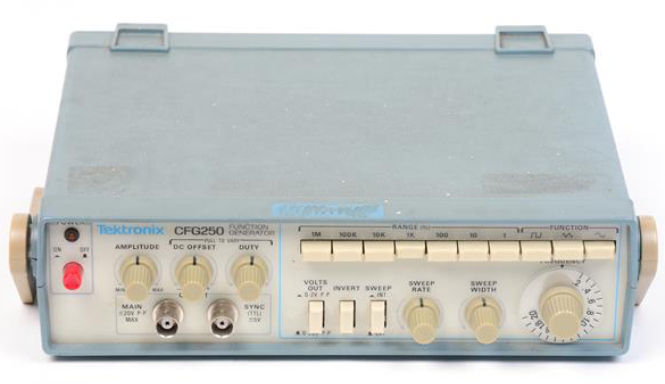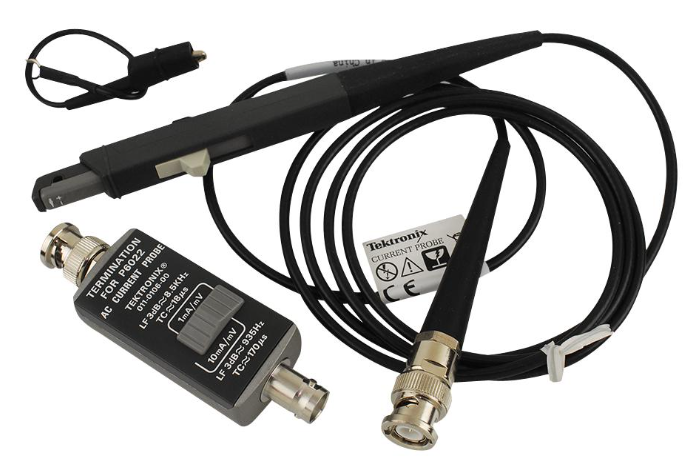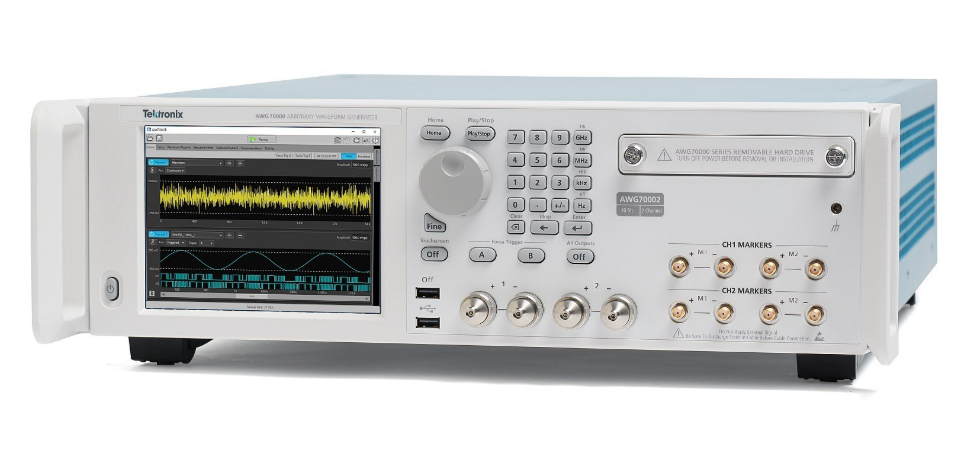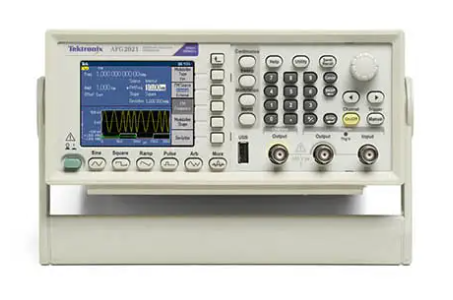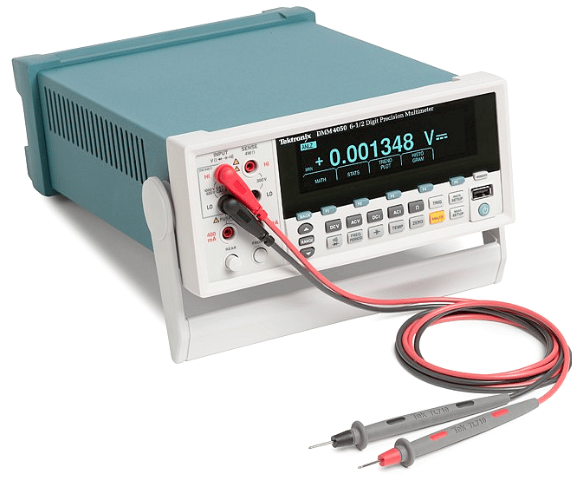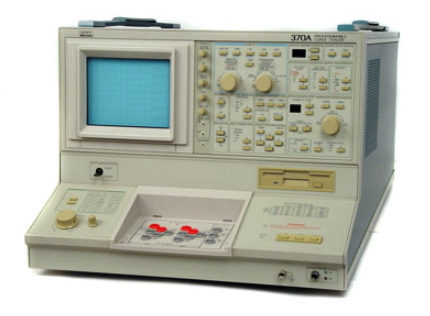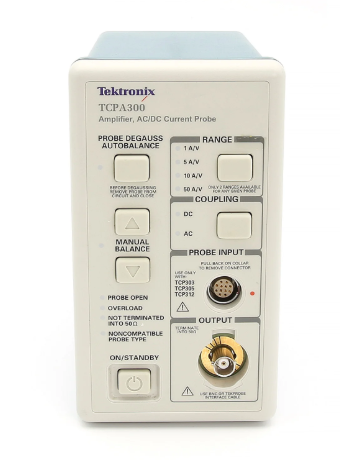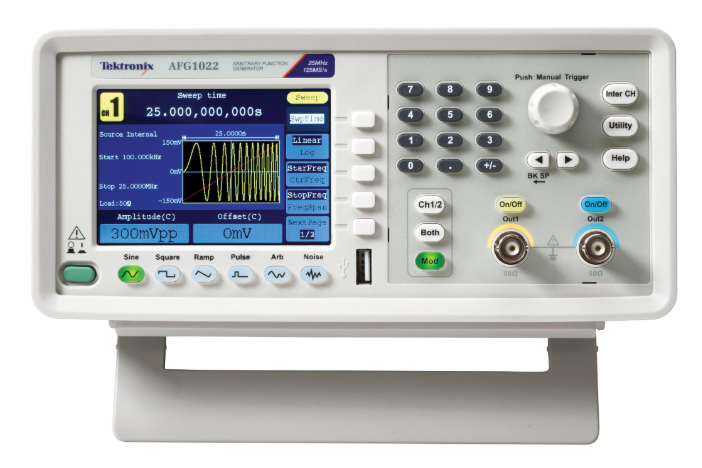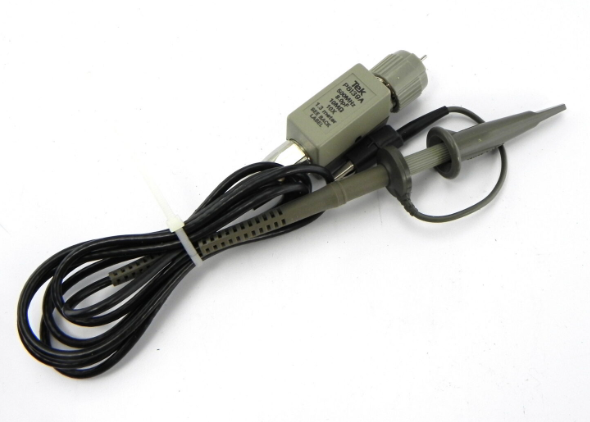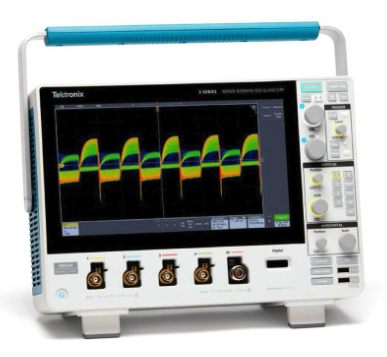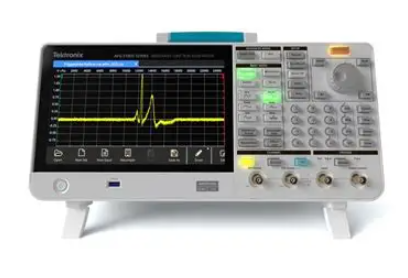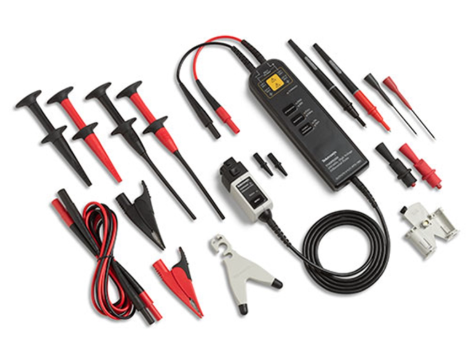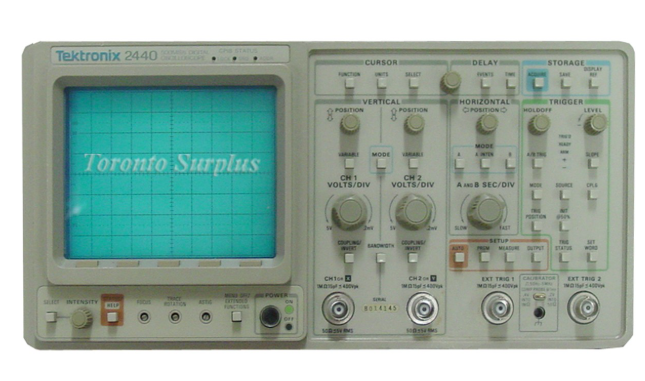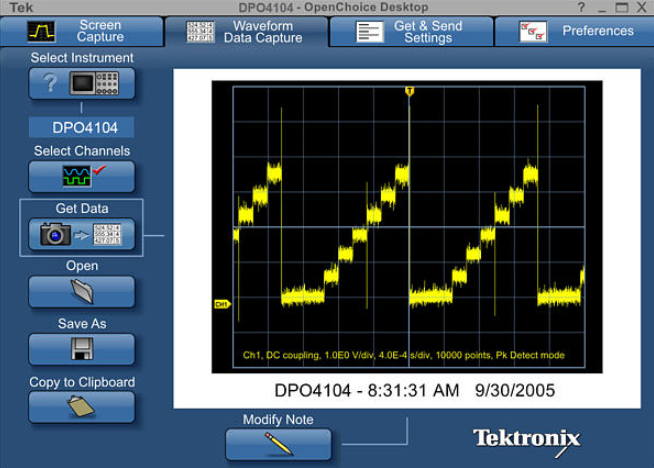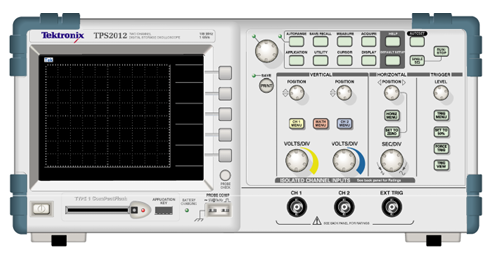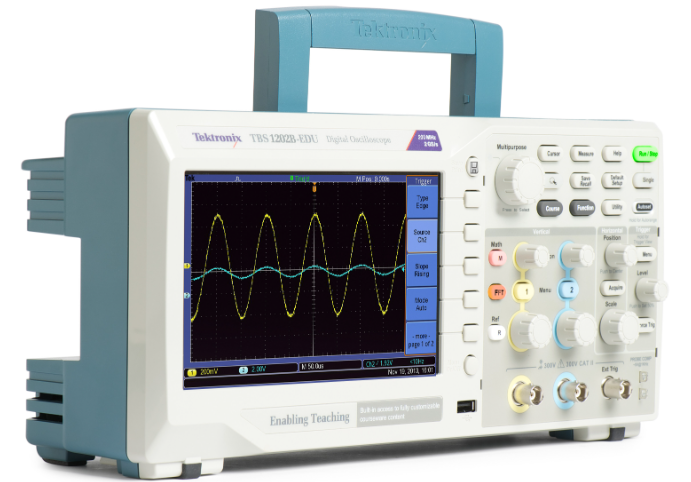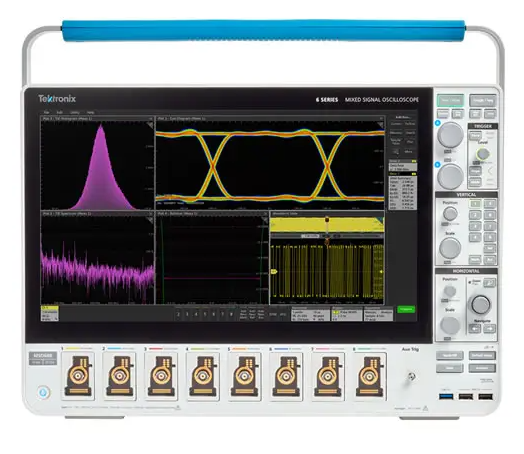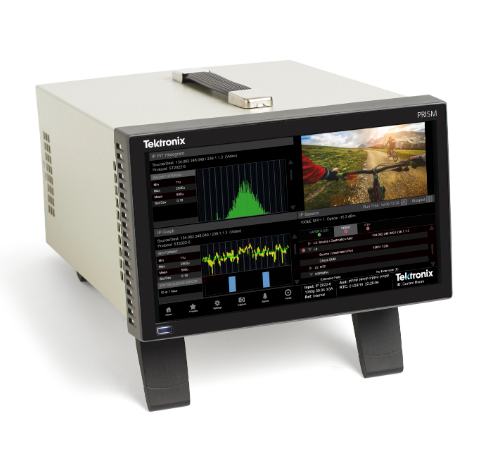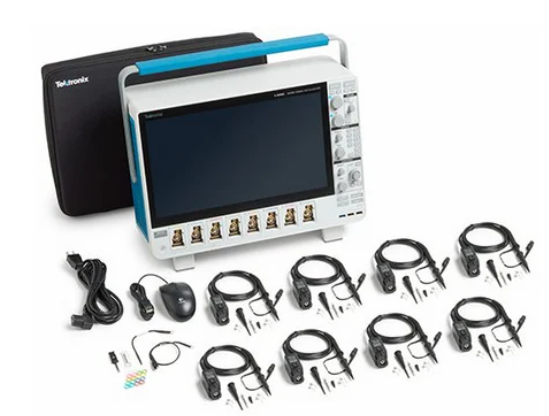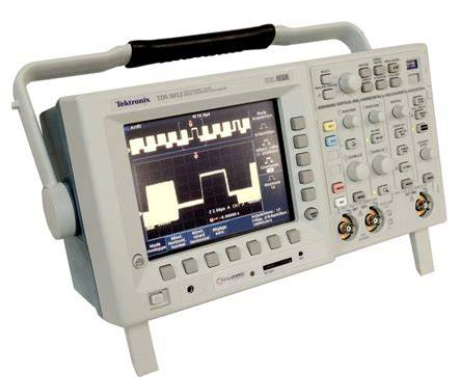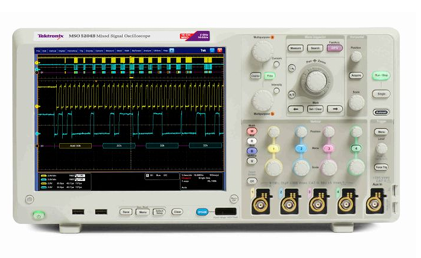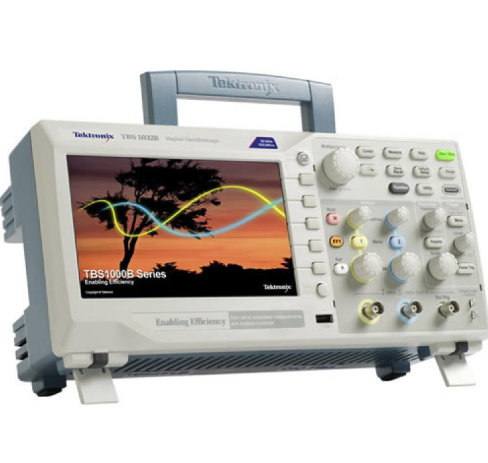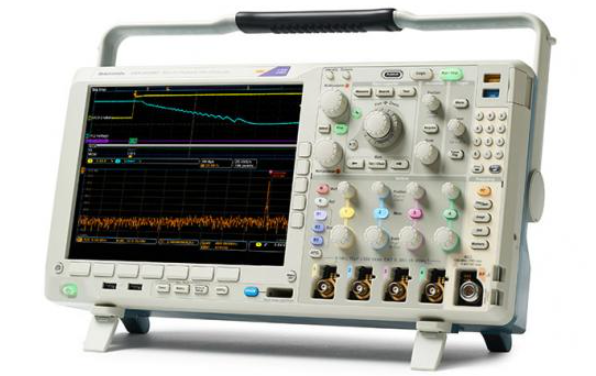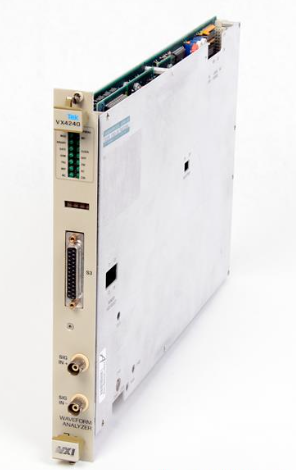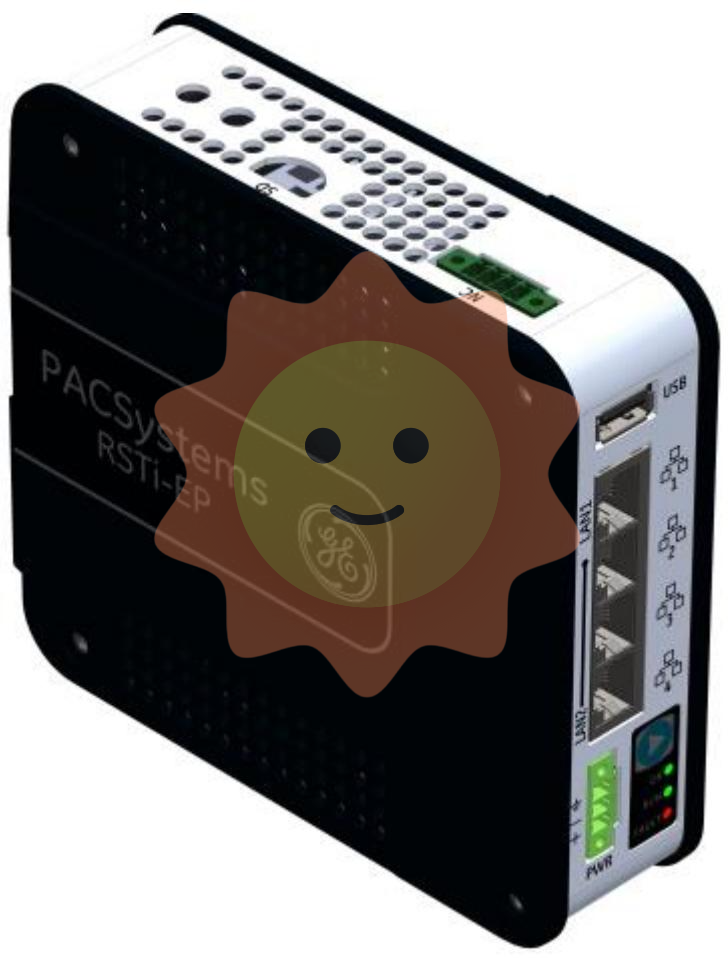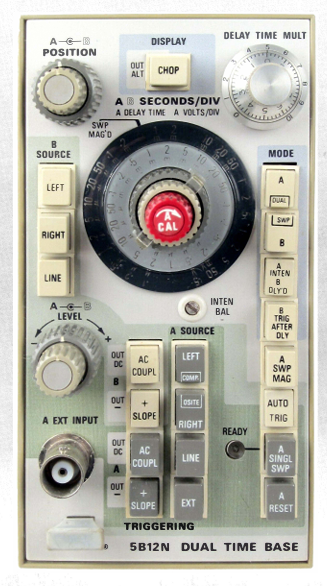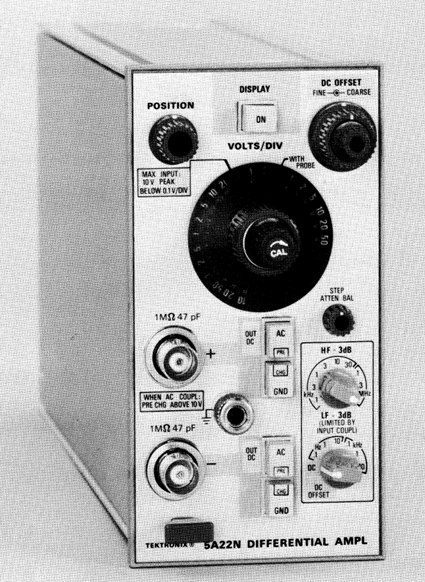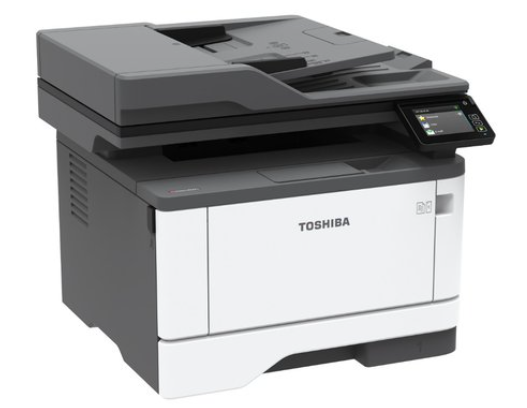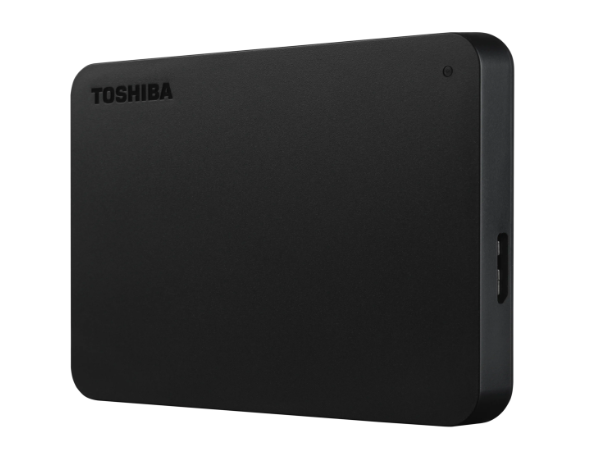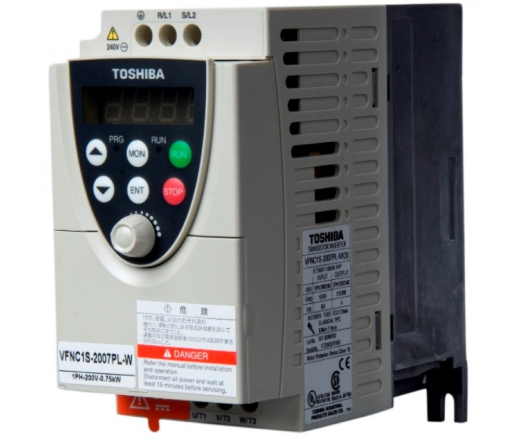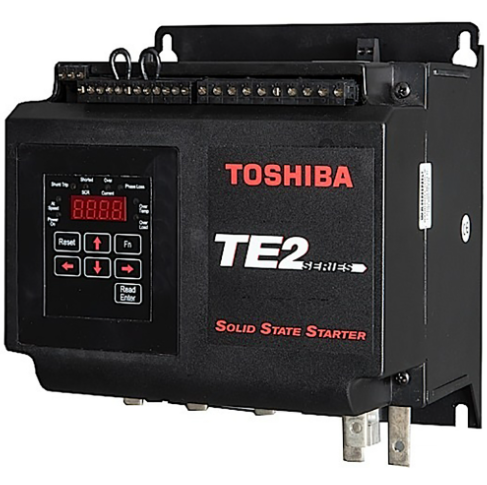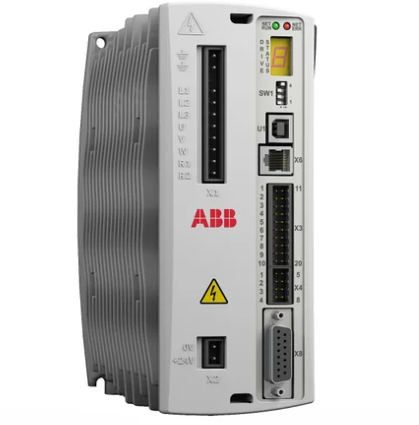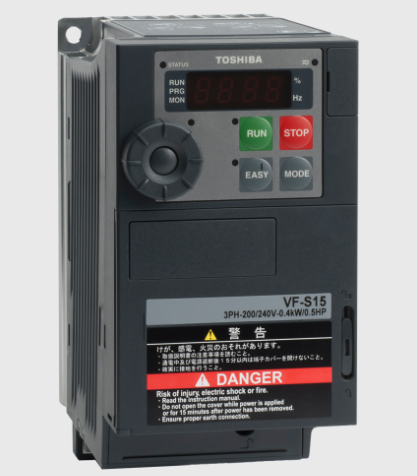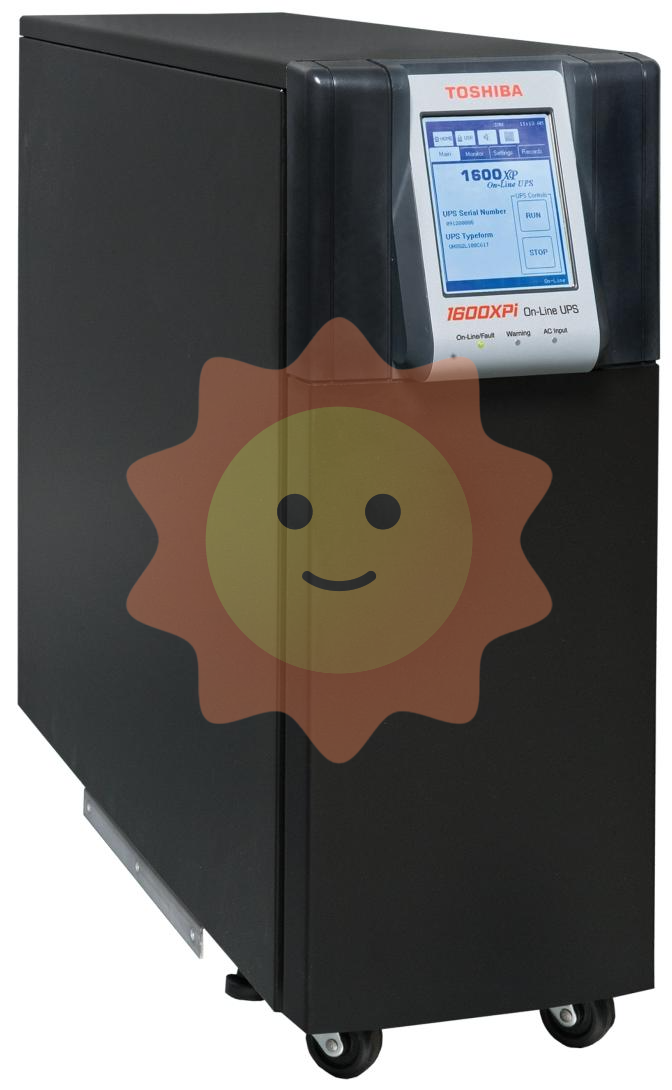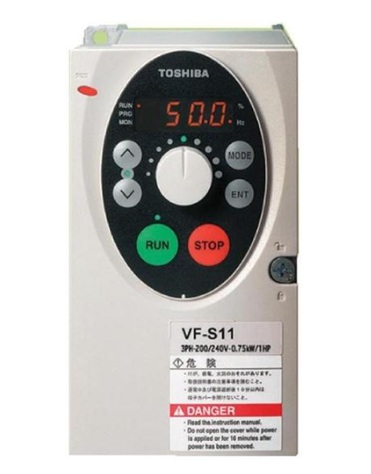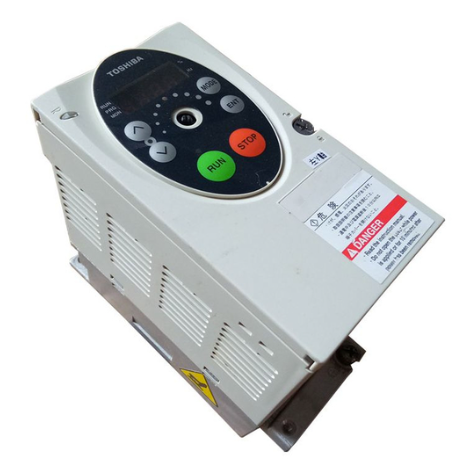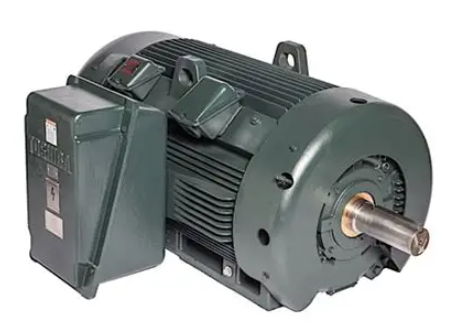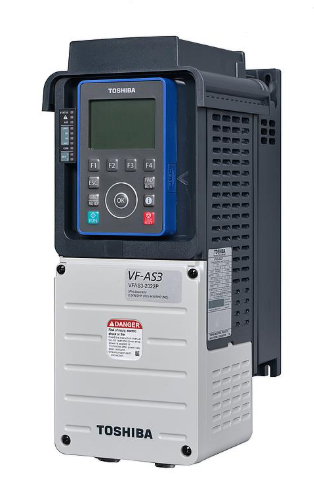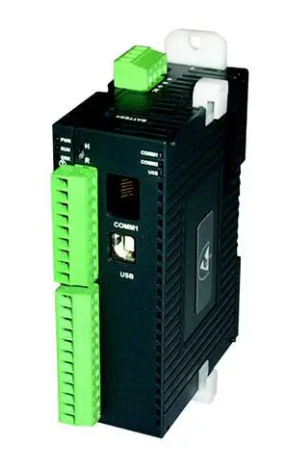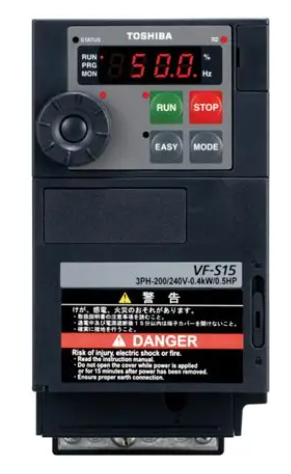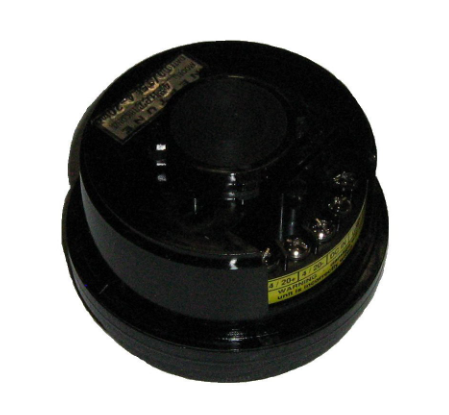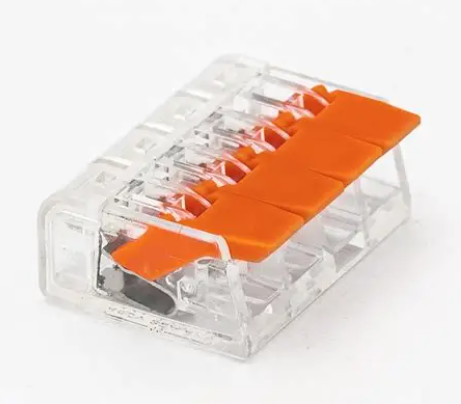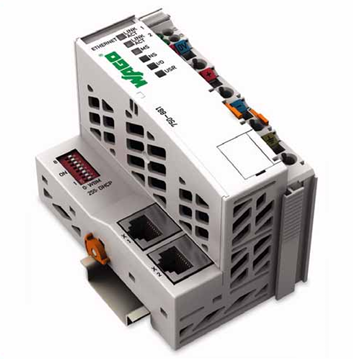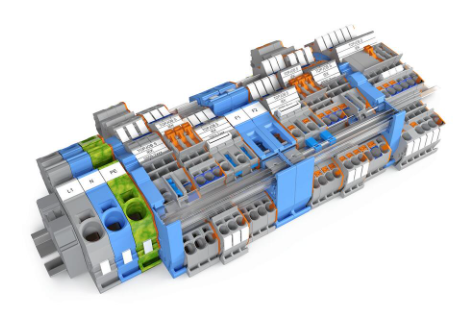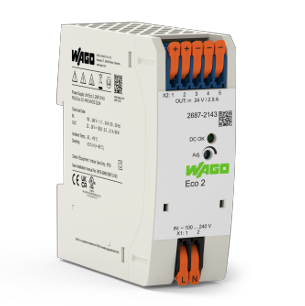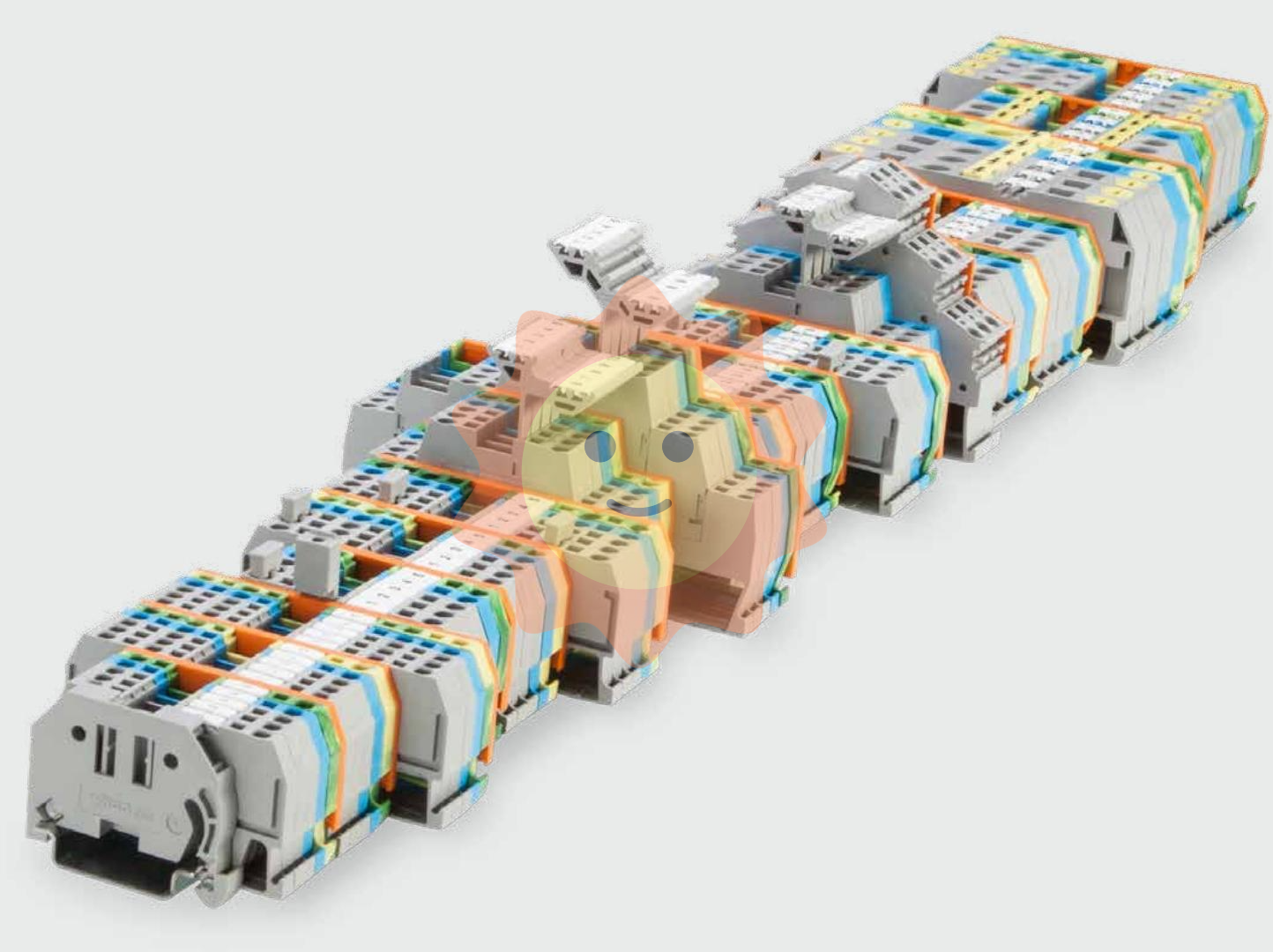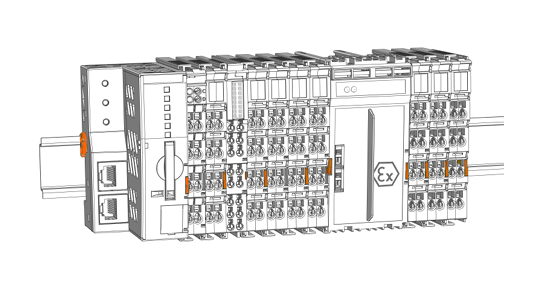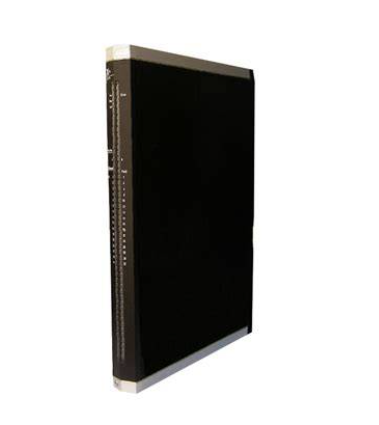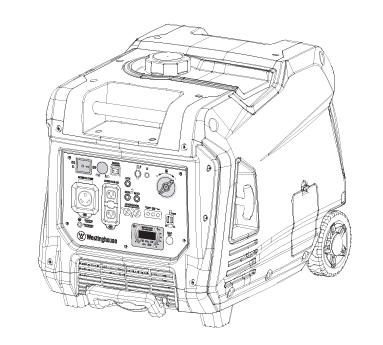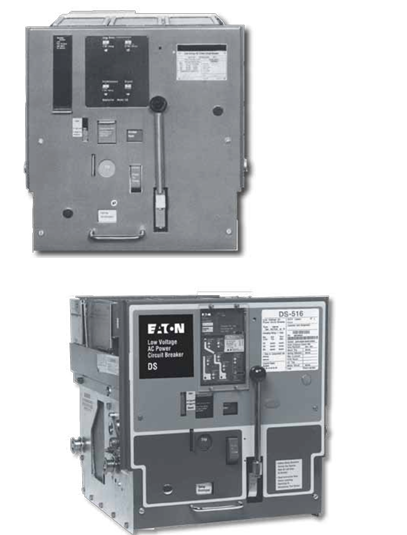GE -VMIVME-1182 Digital Input Board
GE -VMIVME-1182 Digital Input Board
Features:
• 64 optically isolated inputs
• Multifunctions available per channel
− Change-of-State (COS)
− Sequence of Events (SOEs)
− Pulse accumulation
− Programmable debounce times
− Time tagging
• 5 to 250VDC or 4 to 240VAC
• 1,500VDC or 1,100VRMS channel-to-channel and channel-to-VME isolation
• Pulse accumulation (0 to 65,535 pulses)
• SOEs monitoring on channel-by-channel basis
• Debounce times, software controlled on channel-by-channel basis
• 1.0ms measurement interval
• COS functions, software controlled on a channel-by-channel basis
• COS selections: disabled, rising edge (low-to-high transition), falling edge (high-to-low transition) or any edge
• Short or standard, supervisory, nonprivileged or either access
• Interrupt level is user selected
• UIOC® compatible
• Complies with ANSI/IEEE STD C37.90.1-1989 surge protection when used with companion suppression panel (for example, VMIVME-3459)
Applications:
• Data acquisition systems
• Nuclear power plant monitoring
• Control systems
Change-Of-State (COS) Timing:
The VMIVME-1182 latches the input signals every millisecond. After a programmable debouce time, if a valid COS is detected, it is time tagged by the millisecond timer and stored for processing. The debounce time can be from 1.25ms to 1.024s. Therefore, the minimum pulse time that can be reliably detected is 2ms.
If the VMIVME-1182 is programmed to detect COS on both rising and falling edges, the minimum time in each state is 2ms. Thus, 4ms is the minimum period of a continuous input signal.
Each input channel is independent and is processed separately, so activity on one channel has no effect on other channels. A COS on one channel can be detected and stored while the debouncer is timing on another channel. Since all inputs are latched simultaneously every millisecond and they are processed separately, there can be a minimum of 1ms between events that occur on different channels.
Change-Of-State Detection:
State change detection can be programmed for rising edge (low-to-high transition), falling edge (high-to-low transition), or both rising and falling edges. In addition, COS detection can generate an interrupt or be disabled.
Time Tagging:
Each Change-of-State event can be time tagged with a timer value of 0 to 65s and is initialized or preset by writing to the time tag register.
The timer value is updated every millisecond. When the timer value has reached its maximum value, it rolls over to 0 and notifies the host of a time tag rollover via a bit in the Control Register, or if desired, an interrupt may be issued.
Introduction:
The VMIVME-1182 provides 64 digital inputs with which COS can be detected, time tagged and counted. An onboard buffer can be programmed to store the COS information with a time-tag such that SOEs can be analyzed. A pulse accumulator is provided to count the COSs. The VMIVME-1182 can also be programmed to issue an interrupt when a COS is detected. All COS detection is on a per-channel basis effectively creating 64 pulse accumulators.
The SOE memory is allocated into two buffers. The system host can be processing one buffer while the other buffer is being loaded with new event data.
Environmental Specifications
Dimensions:Standard VME do eight board
Height: 9.2 in. (233.4mm)
Depth: 6.3 in. (160mm)
Thickness: 0.8 in. (20.3mm)
Power Requirements:2.0A (typ dissipated in pull-up resistors
Temperature:
Operating: 0 to +65° C
Storage: -25 to +85° C
Altitude:Operating: 0 –10,000 ft (3,048m)
Humidity:Operating: relative humidity 20%to 80%, noncondensing

- User name Member Level Quantity Specification Purchase Date
- Satisfaction :
-









Email:wang@kongjiangauto.com

